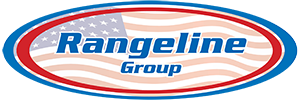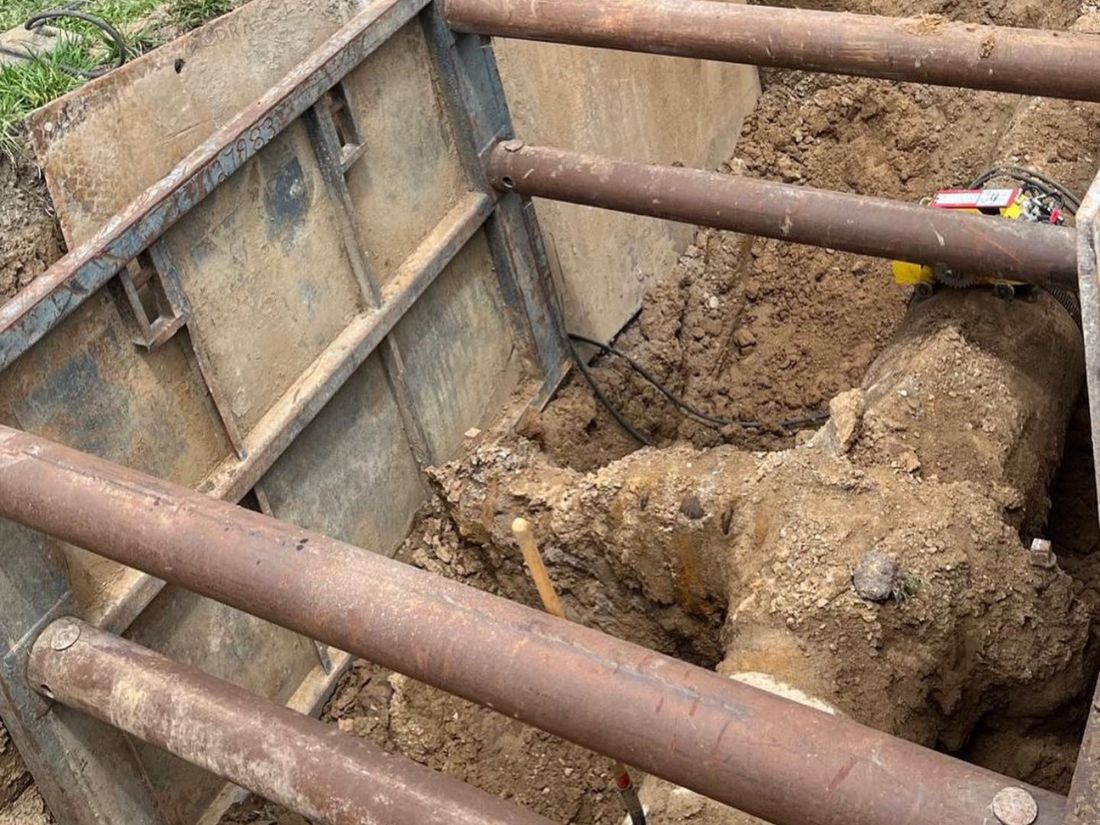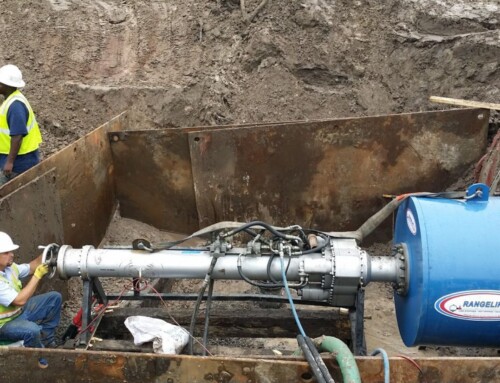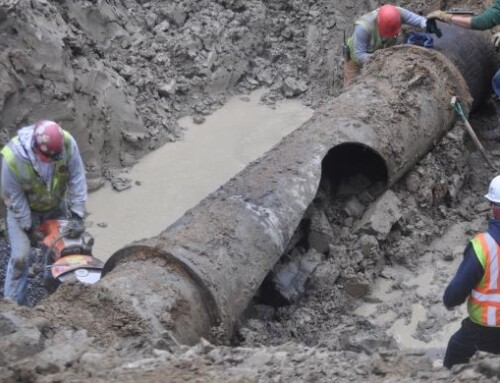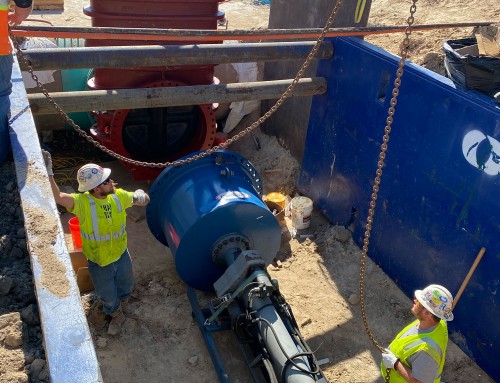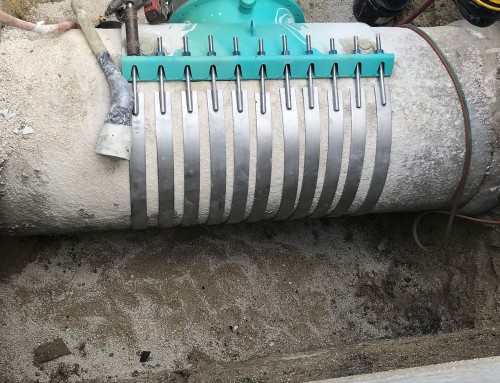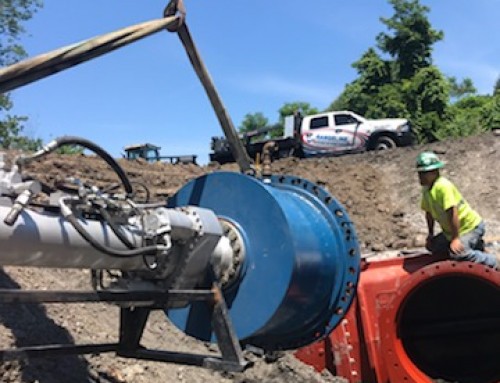Wet tapping is a crucial and widely used process in various industries, especially those dealing with water and sewage services. However, it is not uncommon for these groups to face a number of challenges when it comes to wet tapping pipelines. In this comprehensive guide, we will explore some of the most common challenges in wet tapping, as well as their solutions. Knowing this information will enable your projects to run as smoothly and efficiently as possible.
Challenge 1: Inadequate Preparation
One significant challenge faced during wet tapping is inadequate preparation. Making all necessary calculations, measurements, and assessments before beginning the process is key to avoiding any unforeseen issues that may arise.
Solution: To tackle this issue, it is crucial to conduct a thorough examination of the pipeline, its material, and the required size of the tap before starting the procedure. This includes accurately determining the equipment needed, assessing the best tapping location, and conducting pressure and temperature checks. Taking these preventive measures will allow you to save time and resources in the long run.
Challenge 2: Compatibility Issues
Another common challenge in wet tapping arises when the valve, sleeve, or other accessories used are incompatible with the existing pipeline. Compatibility issues may lead to incorrect fittings, leaks, and other operational difficulties.
Solution: You can avoid compatibility issues by carefully selecting equipment and accessories that suit the specifications and condition of your pipeline. Depending on the pipeline material, you should use specialized tapping sleeves that will ensure a seamless fit. In addition, working with suppliers who possess a deep understanding of pipeline materials and configurations can greatly reduce the risk of compatibility problems.
Challenge 3: System Contamination
During wet tapping operations, potential contamination of the pipeline system poses a considerable risk and warrants proper precautions. Depending on the type of pipeline you’re working on, this can be detrimental to the whole system.
Solution: To prevent contamination, adopt sanitary measures during the procedure, especially when working with potable water systems. This entails using sterilized equipment and materials, flushing the system before and after the process, and verifying water quality to ensure contaminants are within acceptable limits.
Challenge 4: Insufficient Training and Expertise
Wet tapping requires a certain degree of technical skill and expertise. Inadequate knowledge and training often result in delays, higher costs, and compromised safety. In many cases, you won’t even be able to do the service without a professional.
Solution: To prevent this problem and the ones listed above, it’s essential to hire a trained team that can do the job for you. Rangeline Group is that team. Our employees are well-trained in wet tapping services. They will be able to ensure this process goes smoothly, allowing you to continue operations with little to no delay.
